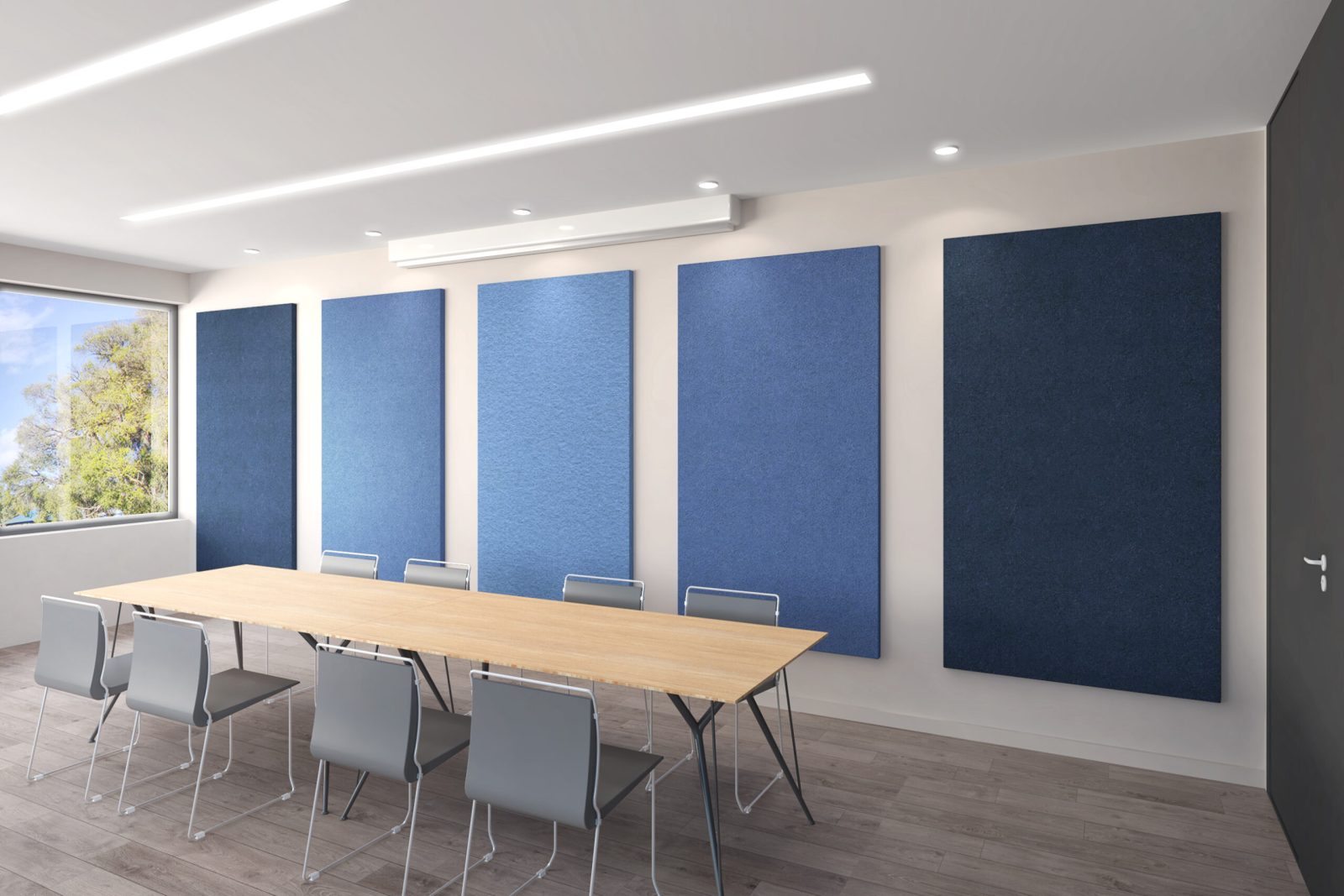Choosing The Right Acoustic Panel For Your Home

There’s a lot of different acoustic panels on the market, so it can be hard to know which one is right for your home. In this article, we’ll walk you through the different types of Acoustic panels, and help you choose the right one for your needs.
What is an acoustic panel?
An acoustic panel is a type of soundproofing material that can be used to reduce the noise levels inside a home. Acoustic panels are made out of different materials, and they can be divided into two categories: permanent and temporary. Permanent acoustic panels are made out of solid materials, whereas temporary acoustic panels are made out of products that can be removed or replaced.
There are a few things to consider when choosing an acoustic panel for your home. The first thing you need to decide is what level of sound reduction you want. Acoustic panels come in two types: absorption and diffusion. Absorption panels trap sound waves and reduce the noise levels, while diffusion panels do the opposite and allow sound waves through. If you only need minor reductions in noise levels, an absorption panel will work best. On the other hand, if you want complete silence throughout your home, a diffusion panel is the better choice.
Another factor to consider is the size of your home. Acoustic panels come in different sizes to fit any size home. If you have a large room that’s always noisy, an absorption panel will work best because it traps more sound wave energy than a diffusion panel. Conversely, if your room isn’t very noisy but you’d like to make it quieter overall, a diffusion panel would be a better choice because it will let more sound wave energy through without reducing the noise level too much.
Types of acoustic panels
There are many types of Acoustic panels available on the market today. When choosing an acoustic panel, it is important to consider your needs and preferences.
1. Wall Panel: A wall panel is a common type of acoustic panel. These panels are installed directly onto the wall, and they can be used to cover an entire surface or just a portion of it. They are often made from thin sheets of wood or plastic, and they come in a variety of shapes and sizes.
2. Ceiling Panel: A ceiling panel is similar to a wall panel, but it is designed to be installed on top of the ceiling instead of the wall. They are often made from thinner sheets of wood or plastic, and they come in a variety of shapes and sizes as well.
3. Floor Panel: A floor panel is similar to a ceiling panel, but it is designed to be installed on the floor instead of on the ceiling. They are often made from thicker sheets of wood or plastic, and they come in a variety of shapes and sizes as well.
4. Soundproofing Panels: Soundproofing panels are designed to make your home more sound-deadening by blocking out noise from outside sources. These panels can be used in conjunction with other soundproofing measures (like insulation) to help reduce noise levels inside your home dramatically.
Pros and Cons of acoustic panels
There are a few important things to consider before deciding whether or not acoustic panels are the right solution for your home.
Pros:
-Acoustic panels can be relatively affordable, depending on the size and type of panel you choose.
-They are easy to install, and typically only require a few screws to attach them to the wall.
-Many acoustic panels come with warranties, which can provide peace of mind if something goes wrong with the installation.
Cons:
-Depending on the type of acoustic panel you choose, it may not be effective at stopping all noise from entering your home.
-Some people have reported that acoustic panels can create an unpleasant sound when they’re in use.
How do acoustic panels work?
Acoustic panels are a great way to add soundproofing and insulation to your home without having to do any permanent damage. They use sound waves to bounce off of the panel and create a barrier that can reduce noise levels by up to 40%.
There are a few things you need to consider when choosing an acoustic panel. The type of panel, the size of the panel, and the surface on which it will be installed all play a role in how effectively it will reduce noise.
Types of Acoustic Panels: There are three main types of acoustic panels: fiberglass, plastic, and metal. Each has its own advantages and disadvantages.
Fiberglass acoustic panels are the most common type and they’re also the cheapest. They’re made from compressed fibers that act as an effective sound barrier. However, they don’t offer much insulation so they may not be ideal for colder climates.
Plastic acoustic panels are more expensive than fiberglass but they offer better insulation and soundproofing properties. They’re also more durable so they may be less likely to suffer damage from vibrations or weather conditions.
Metal acoustic panels are the most expensive option but they also offer the best soundproofing qualities. They’re strong enough to resist damage from vibrating objects or harsh weather conditions, while their delicate finish means they won’t rust or stain over time.
Conclusion
When it comes to acoustic panels, there are a variety of factors to take into account. To help you choose the right acoustic panel for your home, we have outlined some of the key considerations below. First and foremost, make sure that you understand exactly what type of acoustic panel you need. Next, consider the size and shape of your room. Finally, decide on the level of noise reduction that you require. With these three points in mind, hopefully our guide has helped you make an informed decision about which acoustic panel is best for your home.
